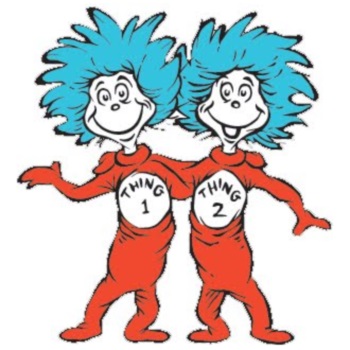I have a post up for Insiders today on keeping faith in some players who had less-than-great years.
Christine Sismondo’s America Walks into a Bar: A Spirited History of Taverns and Saloons, Speakeasies and Grog Shops is a thoroughly academic look at the history of the watering hole, mostly in the United States but with a brief look at its origins in Europe and in the Near East. Like most histories, it lacks any real narrative thread, but Sismondo does present a clear thesis – that the bar or tavern has had an essential role in the cultural history of the U.S. – and does a great job of backing it up through interesting and often funny anecdotes.
The book is built around discrete chapters, each of which covers a specific movement that either got its start in the taverns or found faster growth through tavern culture, starting with the revolutionary spirit in the U.S. that led to the Stamp Act protests, the Tea Party (the real one, folks), and eventually the American Revolution and the nascent U.S. government. In that era, there were no real town halls or any kind of community center where anyone (meaning any adult man, although occasionally women were admitted) could gather to hear news, exchange information, or tip off the ragtag militia that the British were coming. Even churches would often have to close due to weather, moving their religious services to the local to take advantage of the latter facility’s heating. From there, Sismondo jumps ahead slightly to the abolitionist movement, then bounces through about 150 years of U.S. history, covering the temperance movement (and the Anti-Saloon League), the disaster of Prohibition, and the gay-rights movement that exploded, in literal and metaphorical terms, during a police raid on the Stonewall Inn in 1969.

The interest level can be pretty high, depending on the chapter and subject. Sismondo gives brief portraits of some of the earliest celebrity bartenders, such as Jerry Thomas, and gives a lot of detail on some of the key figures in the Haymarket riot, where anarchists bombed a peaceful pro-labor rally, leading to four executions in a gross miscarriage of justice that further spurred the embryonic American labor movement. We get a sketch of Mary “Texas” Guinan, an actress who owned a speakeasy, the 300 Club, that became one of the most popular during Prohibition and launched careers of the likes of George Raft and Walter Winchell (the latter of whom made his name by printing the gossip Guinan fed him). And there’s a host of amusing stories of Prohibition evasion, much of it tolerated, enabled, or even run by the very folks who were supposed to be enforcing the silly, misguided Volstead Act. My main complaint with the book, though, is that we never seem to get enough of any of these things. The stories are all short, which keeps the book moving, but misses opportunities to add color to its pages with details on the eccentric characters or the devious/comical events that were planned at or took place in the American bar.
Next up: I just finished Steven Sherrill’s The Minotaur Takes a Cigarette Break, a book Alton Brown recommended twice on podcasts earlier this year, and have begun John Williams’ western novel Butcher’s Crossing.
